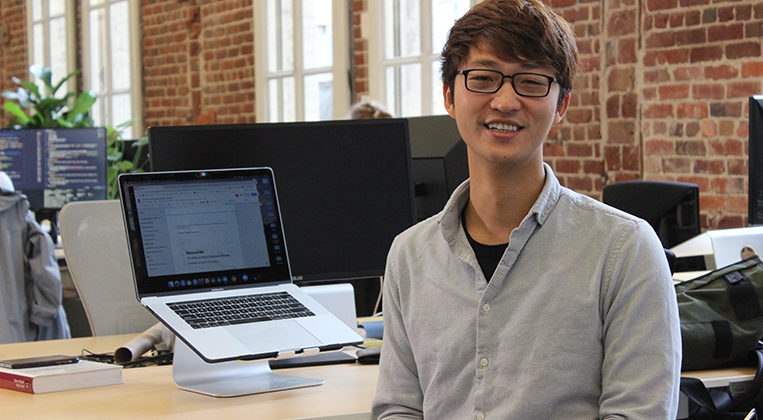- Richard Ma founded Quantstamp after the 2016 DAO hack, aiming to improve blockchain security and prevent similar incidents.
- Quantstamp has completed over 700 audits, securing $200 billion in digital assets through continuous security measures.
Among the most important players in the fast changing world of blockchain, where digital assets and distributed apps transform conventional banking, is Richard Ma. However, a personal loss experience rather than a straightforward or foreseen one led him to become a pioneer in blockchain security.
A Hard Lesson from the 2016 DAO Hack
2016, a crucial year for the blockchain community, starts Richard Ma’s journey. Ethereum had become rather popular at that time, and many investors—including Ma—were thrilled about its possibilities.
Seeking to transform corporate structure and governance, Ma chose to invest in the DAO, one of the first distributed autonomous businesses.
But only a few weeks after his investment, the DAO was attacked, losing Ether valued about $50 million. Affecting many early adopters’ confidence, this hack was among the most important events in blockchain history.
To Ma, the loss went beyond mere money. It was a hard lesson on the weaknesses of this fresh technology. Ma would later say, “I realized the need for improved security in the blockchain area when I saw the DAO hack happen.”
The event sparked his career change from an investor to a security analyst resolved to guard the growing realm of decentralized finance (DeFi) from like hazards.
Building Quantstamp: A Response to the DAO Hack
Richard Ma answered the DAO hack with action rather than retreat. Ma co-founded Blockchain security company Quantstamp in 2017 with an eye toward safeguarding decentralized apps and smart contracts. Clear-cut was Quantstamp’s goal: stop the kind of loss Ma and many others had experienced.
The company concentrated on offering security audits for blockchain initiatives, spotting weaknesses before hackers could find use for them.
Ma’s knowledge that blockchain security isn’t a one-time occurrence was one of the main revelations that fueled Quantstamp’s success.
Blockchain initiatives invite constant participation from millions of people, unlike conventional software, where a system might be “patched” and safeguarded. Any weakness might be taken advantage of right now. Therefore, Quantstamp’s strategy was not just about once auditing projects but also about building a continual security architecture.
Emphasizing the need of constant security measures, Ma has frequently advised us to grow, adapt, and remain alert at all times. Quantstamp has finished over 700 security assessments under his direction, safeguarding digital assets valued over $200 billion.
The Complexity of Securing DeFi Projects
Although Quantstamp’s successes are impressive, Ma is the first to admit that protecting blockchain initiatives is not a simple chore. He has sometimes underlined in interviews the complexity of the DeFi scene. Decentralized apps interface with several systems, and every one of those systems may have flaws.
Ma noted one of the most important obstacles as the belief that one security audit suffices. Many initiatives, keen to start and attract users, highlight their “audited” nature, but Ma notes that audits are only one aspect of the solution.
Ma has cautioned that almost one-third of all the audited projects do not resolve certain major problems they have. Consequently, even audited projects can still be open for attack.
Besides, the scene of security is always changing. Solana and Layer 2 solutions, among other emerging blockchain ecosystems, bring fresh complexity and call for fresh security techniques. By always changing its approaches and learning from every project it works on, Quantstamp has stayed at the forefront.
From Wall Street to Blockchain: A Shift in Focus
Ma’s career preceded creating Quantstamp on Wall Street in the world of high-frequency trading (HFT). Ma, a quantitative strategist at Tower Research Capital, was in charge of creating programs for the daily handling of millions of dollars in trades.
The fast-paced setting of HFT gave Ma a fresh view on the shortcomings of conventional financial systems, which sometimes needed expensive infrastructure and proprietary information to run efficiently.
This encounter was absolutely vital in forming Ma’s blockchain concept. Blockchain technology presented a degree of transparency and accessibility never seen in conventional finance.
Everybody with an internet connection might engage in the worldwide financial system. But with that accessibility comes the possibility of security breaches; this insight finally motivated Ma to concentrate on blockchain security.




